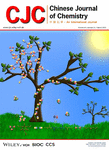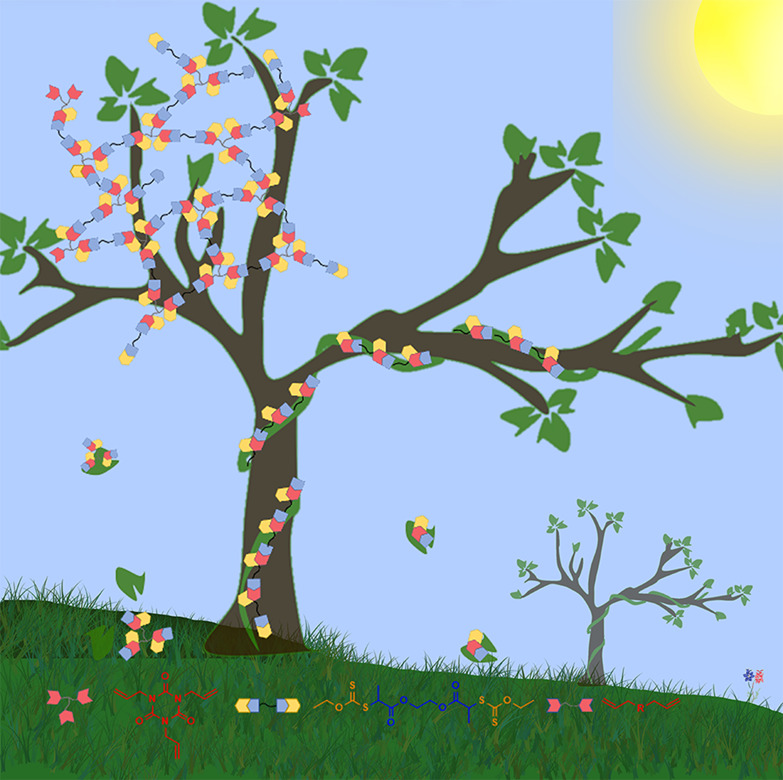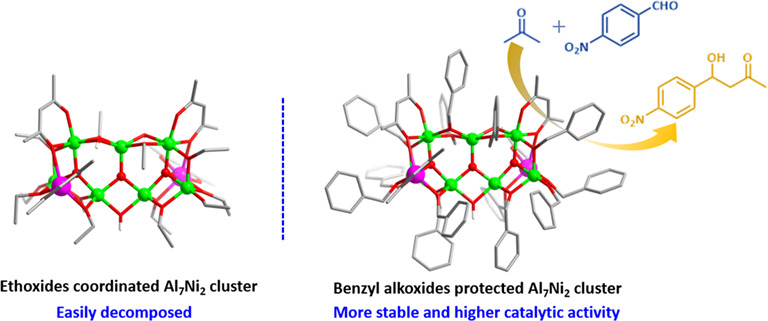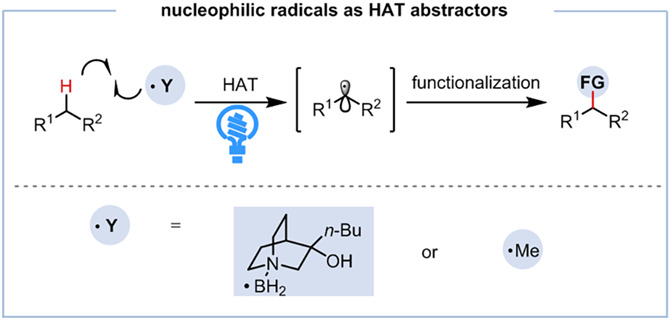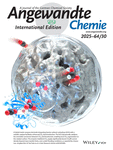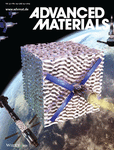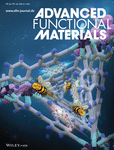Journal list menu
Export Citations
Download PDFs
Cover Picture
Cover Picture
- Page: 493
- First Published: 01 February 2023

The cover picture shows polymer network trees grown from monomers’ grassland through photoinduced RAFT radical step-growth polymerization between a series of unconjugated diene monomers and bifunctional xanthate. The obtained polymer network showed the ability of postfunctionalization through controlled way and degradation, which was benefitted from RAFT polymerization. More details are discussed in the article by Zhu et al. on page 503—508.
Inside Cover Picture
Inside Cover Picture
- Page: 494
- First Published: 01 February 2023
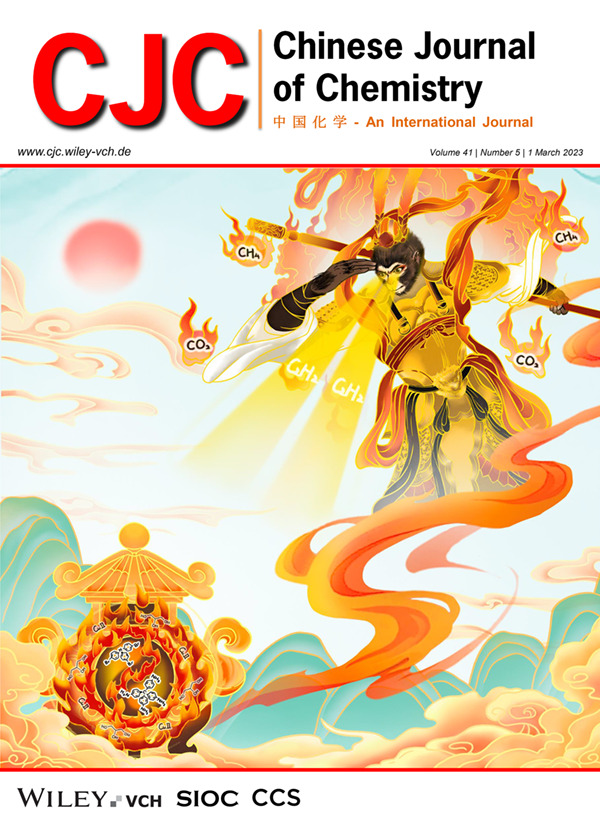
Synthetic strategy has become a powerful tool to access POPs with desired and diverse functionalities. The inside cover picture displays one-pot Ullmann coupling reaction to synthesize a series of microporous polymers with rich N-sites, named FJU-POP-n, wherein the low-cost and non-toxic Cu(acac)2 and environmental-friendly glycerol are employed as catalyst and solvent, respectively. Among these, FJU-POP-4 with abundant N-functional sites and suitable pore size exhibits ultra-high selective separation for C2H2/CH4 (307.1, 50 : 50) at ambient conditions, the highest among the reported MOFs and POPs with nitrogen-sites as only functional species. Dynamic fixed bed breakthrough and regeneration experiments confirm structural stability and reproducibility, indicating their promising application in selective separation. More details are discussed in the article by Zhang et al. on page 514—520.
Contents
Concise Reports
Photoinduced RAFT Step-Growth Polymerization toward Degradable Living Polymer Networks
- Pages: 503-508
- First Published: 02 November 2022
Rhodium-Catalyzed Transannulation of 1,2,3-Thiazoles with Alkynes for the Direct Synthesis of Thiochromenones
- Pages: 509-513
- First Published: 04 November 2022
Microporous Nitrogen-Rich Polymers via Ullmann Coupling Reaction for Selective Adsorption of C2H2 over CH4†
- Pages: 514-520
- First Published: 04 November 2022

Herein, a series of POPs with abundant N-functional sites were synthesized using efficient one-pot Ullmann coupling reaction, which exhibit ultra-high selective C2H2/CH4 separation at ambient conditions. Furthermore, dynamic fixed bed breakthrough experiments exhibit that C2H2/CH4 mixtures can be effectively separated by the activated FJU-POP-n.
Design and Synthesis of Al7Ni2 Heterometallic Clusters Based on Metal Substitution and Ligands Protection Strategies†
- Pages: 521-526
- First Published: 04 November 2022
Sky-Blue Aggregation-Induced Delayed Fluorescence Luminogens with High Horizontal Dipole Orientation for Efficient Organic Light-Emitting Diodes†
- Pages: 527-534
- First Published: 10 November 2022
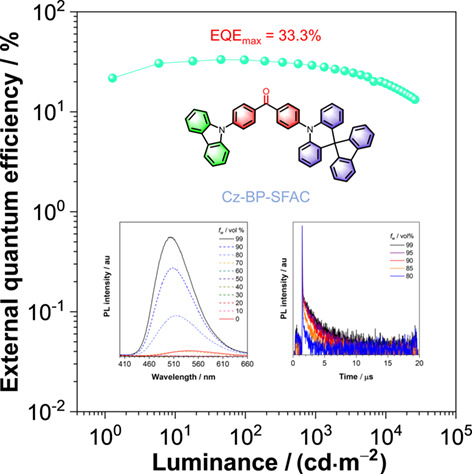
Two new sky-blue luminescent molecules comprised of electron acceptor of benzophenone and electron donors of spiro[acridine-9,9'-fluorene] and carbazole are designed and synthesized, which exhibit distinct merits of aggregation-induced delayed fluorescence with high solid-state photoluminescence quantum yields, balanced bipolar carrier transport, high horizontal dipole ratios and outstanding external quantum efficiencies.
Stereoselective Synthesis and Immunological Evaluation of Common O-antigen of P. mirabilis OE and P. vulgaris TG103
- Pages: 535-543
- First Published: 01 December 2022

Proteus mirabilis and Proteus vulgaris are zoonotic pathogens which can cause public health disease. Developing vaccine against these pathogens is urgently required. Herein, we describe the first synthesis of their common O-antigen. Glycan microarray analysis revealed that hexasaccharide 2 and nonasaccharide 3 strongly bind with the IgG antibodies, which is highly valuable for further immunological investigation in synthetic carbohydrate-based vaccine development.
Emerging Topic
Nucleophilic Radicals as Hydrogen Atom Abstractors in C(sp3)-H Functionalization Reactions
- Pages: 544-547
- First Published: 04 November 2022
Chemistry Authors Up Close
Bio-inspired Small Molecular Catalysis
- Pages: 548-559
- First Published: 08 November 2022
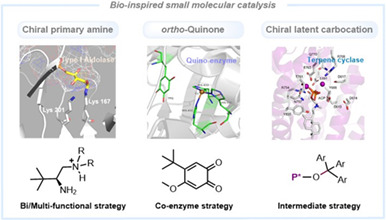
Nature is an inspiring resource for chemists to exploit uncharted chemical spaces. Enzymes in nature are characteristic of high efficiency and exquisite stereocontrol under rather mild conditions. Not surprisingly, chemists have a long history in developing new catalysts by learning from and imitating the natural enzymes. This review summarizes our long-standing efforts in developing bio-inspired small molecular catalysis. These were categorized according to the employed strategies: 1) bi-/multi-functional strategy for the bio-inspired chiral primary amine catalyst; 2) cofactor strategy for bio-inspired ortho-quinone catalyst; 3) intermediate strategy for chiral latent carbocation catalysis based on natural carbocation process. Each section includes brief introduction of the biological origin, design of catalyst, development of methodology as well as the underlying mechanistic insights.
Recent Advances
Unlocking G-Quadruplexes as Targets and Tools against COVID-19
- Pages: 560-568
- First Published: 13 October 2022
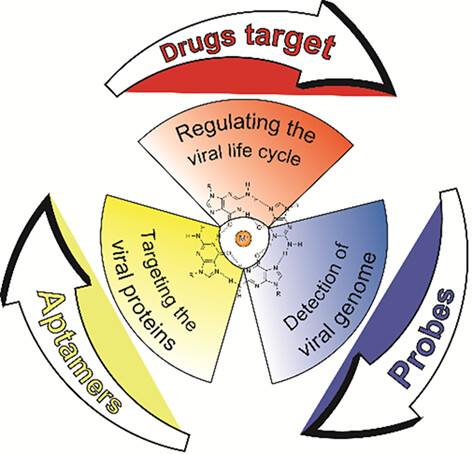
This review summarized the recent advance in the applicability of G-quadruplexes (G4s) as antiviral targets, therapeutic agents and diagnostic tools for coronavirus disease 2019 (COVID-19). Meanwhile, some challenges and perspectives were also presented, looking forward to advancing the G4s for COVID-19 therapy and diagnosis.
Self-assembly at Liquid-Liquid Interface: A New SERS Substrate for Analytical Sensing†
- Pages: 569-580
- First Published: 08 December 2022

This review focuses on recently developed strategies to induce NPs self-assembly at the LLI and discuss the latest research progress on sensitive and reliable SERS analysis in practical applications. Finally, some perspectives are highlighted in the further development of the efficient methods to enhance the plasmonic properties and more practical SERS sensors for practical applications.
Recent Developments of Atomically Dispersed Metal Electrocatalysts for Oxygen Reduction Reaction†
- Pages: 581-598
- First Published: 12 October 2022
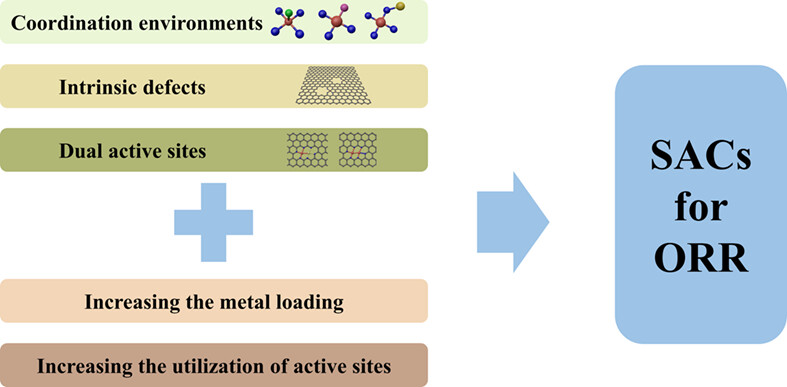
In this review, three main strategies for achieving single-atom catalysts (SACs) with excellent intrinsic activity in the context of the oxygen reduction reaction (ORR) mechanism are involved including the modulation of coordination environments, the construction of intrinsic defects, and the introduction of dual active sites. And discussions to improve the loading and utilization of active sites are given. This timely review may provide inspiration and reference for the future research of developing advanced SACs for ORR.
Preparation of Perovskite Solar Cells in the Air: Degradation Mechanism and Prospects on Large-Area Fabrication†
- Pages: 599-617
- First Published: 17 October 2022
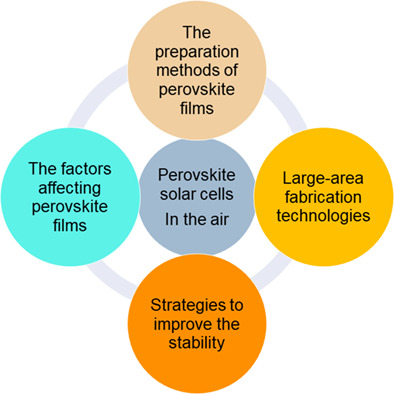
In this review, the effects of environmental manufacturing on perovskite thin films are summarized, and the latest progress, large-area fabrication, and appropriate strategies in the preparation of stable perovskite solar cells under environmental conditions are discussed. We hope that this summary will provide scientists with informative knowledge in relevant directions and stimulate new thoughts and ideas.
Inside Back Cover
Inside Back Cover
- Page: 619
- First Published: 01 February 2023
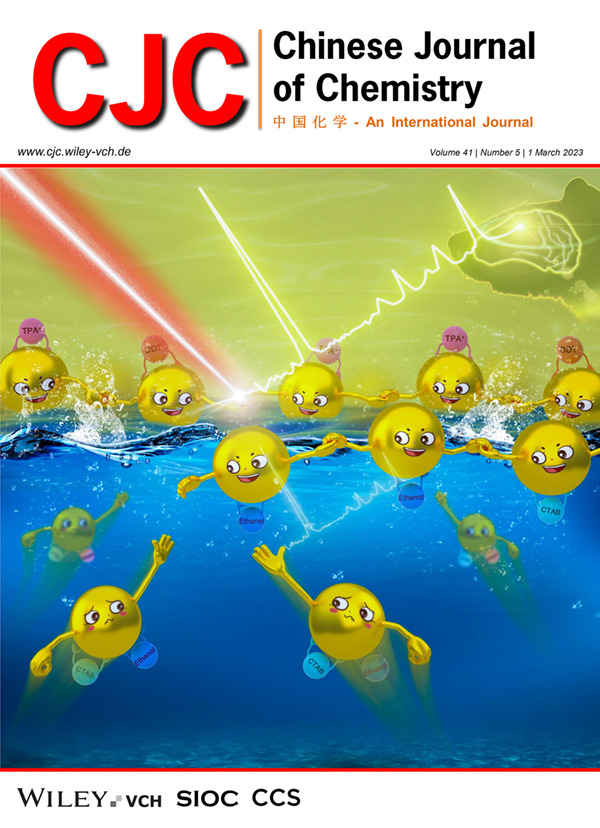
The inside back cover picture showed the liquid-liquid interface (LLI) self-assembly structure as a new substrate for analytical sensing. There were two methods to promote self-assembly at the LLI. On the one hand, strategies for promoting assembly of NPs at the LLI have been developed through the addition of chemical modifiers, promoters, or external voltage. On the other hand, in order to avoid the potential interferences of chemical promoters, shaking organic solution and aqueous solution was proposed as an alternative way to form uniform NPs array at the LLI based on emulsification mechanism. Such strategies to fabricate uniform SERS substrate based on the LLI were demonstrated to be efficient to improve the reproducibility of SERS analysis, which are potentially applicable for practical applications. More details are discussed in the article by Zhang et al. on page 569—580.
Back Cover
Back Cover
- Page: 620
- First Published: 01 February 2023
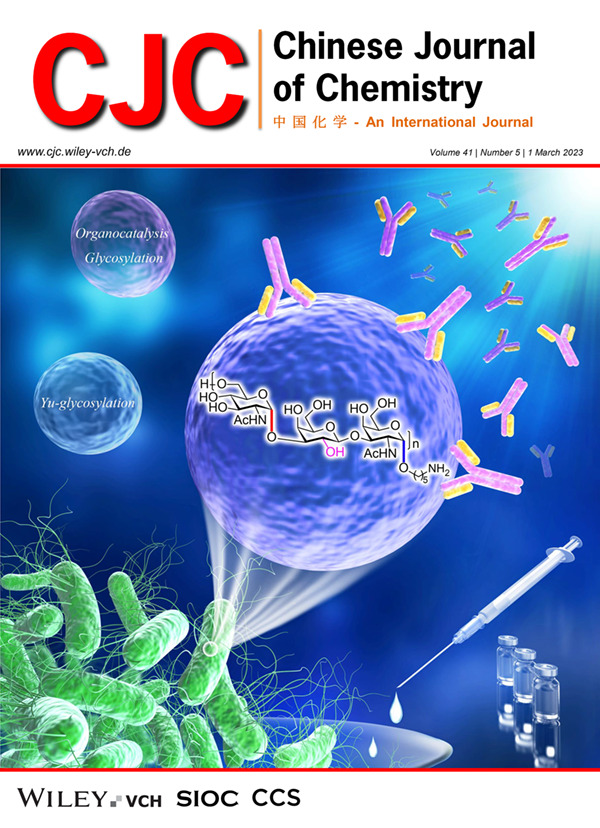
Proteus mirabilis and Proteus vulgaris are zoonotic pathogens which can cause public health disease. Owing to their antibiotic-resistance, developing vaccines against these pathogens is urgently required. Herein, we describe the first synthesis of the common O-antigen (trisaccharide to nonasaccharide) of Proteus mirabilis OE and Proteus vulgaris TG 103. Two challenging 1,2-cis-glycosidic bonds were successfully constructed by use of conformation-restrained donors under bifunctional organothiourea catalysis or gold(I) catalysis. A primary immunological evaluation was carried out and the results revealed that the synthetic common O-antigens both hexasaccharide and nonasaccharide can strongly bind with the IgG antibodies in the sera. More details are discussed in the article by Zhang et al. on page 535—543.




